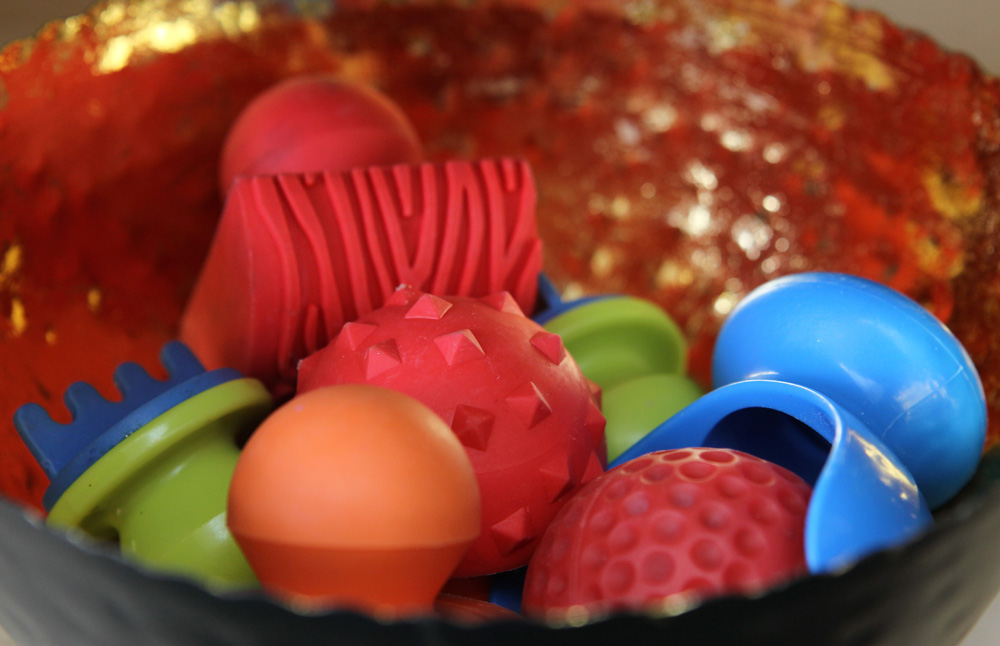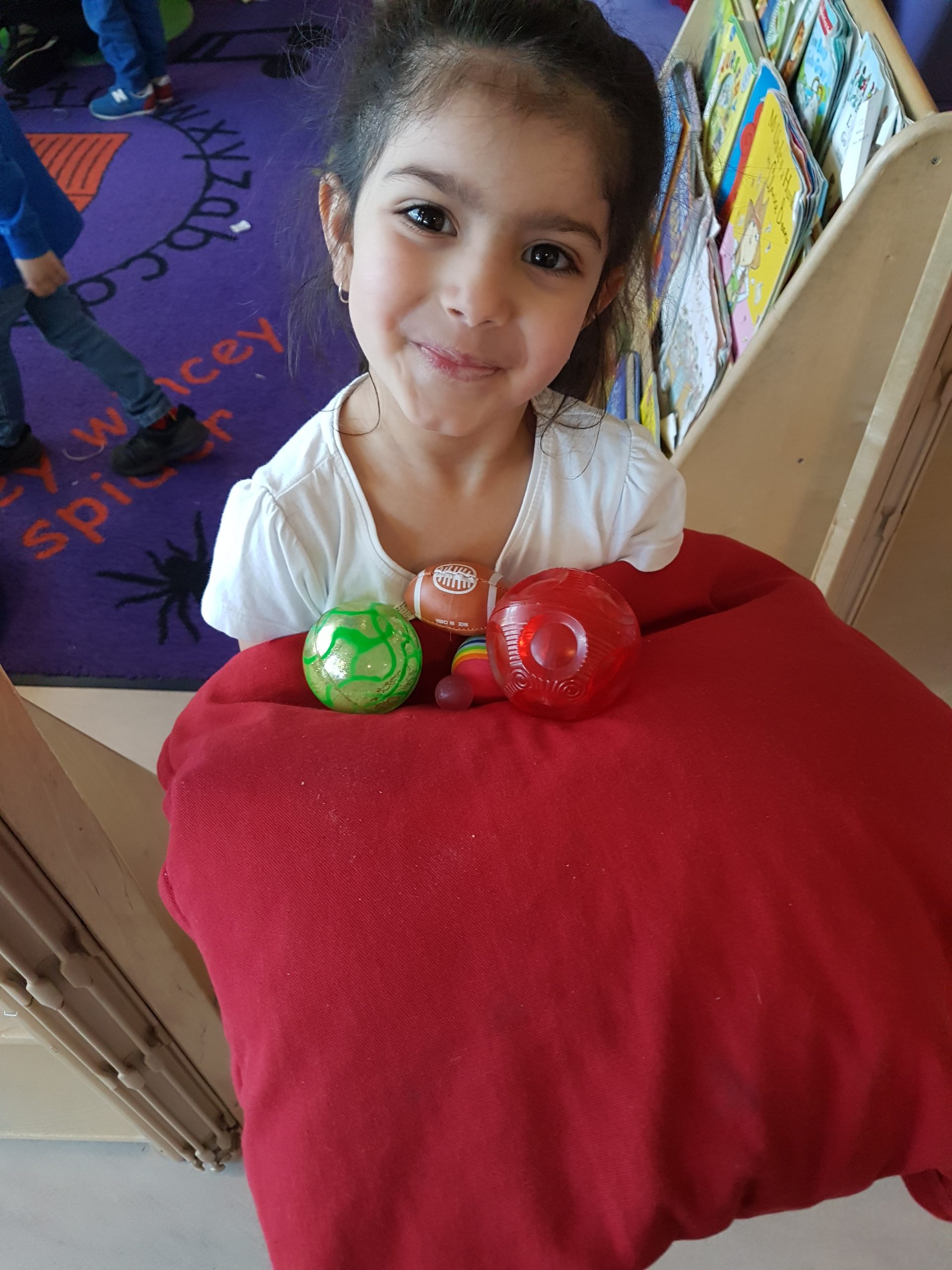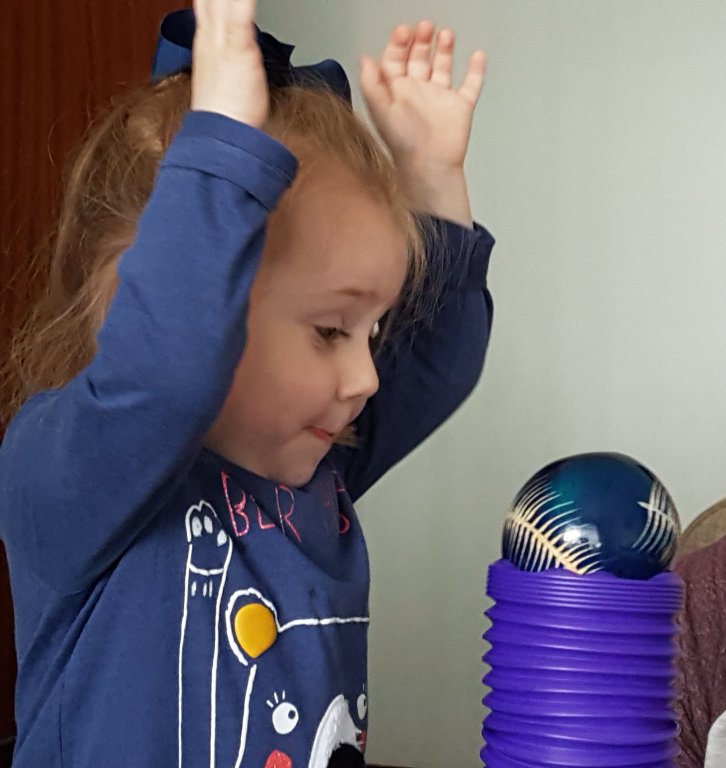Play and learn at home: Drop, Bounce and Roll
26.03.2020

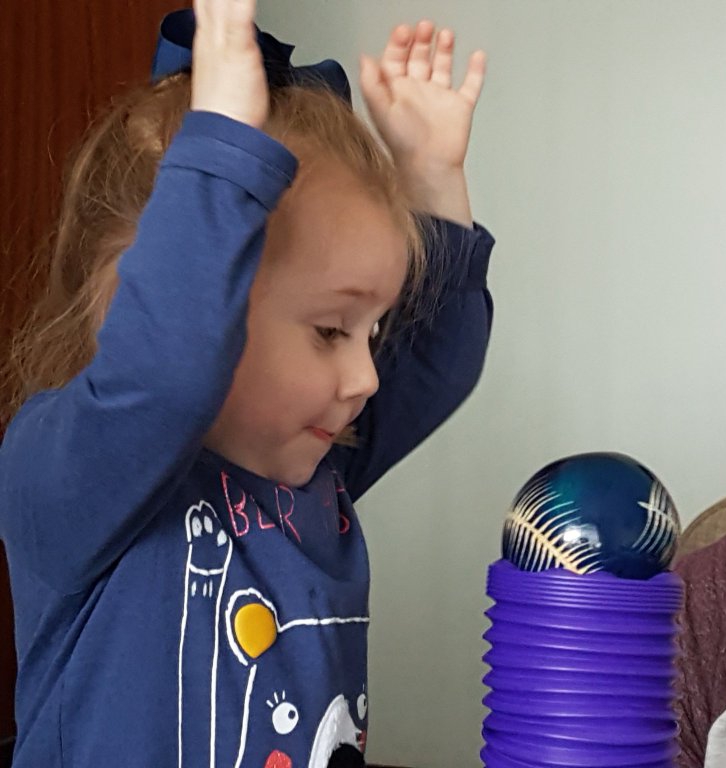
There is a huge amount of research around the importance of the play shared at home. Much of it suggests that we can have the most outstanding play experiences offered to children in nursery settings but if it’s not then repeated, built on and extended at home we lose a huge amount of the impact.
If we want to look at the play we offer as being of value from a learning point of view, we should be building up partnerships with our parents and offering them ideas for sharing play at home.
Why not try these in your setting and then send them home for parents to try!
Drop, bounce and roll is a fun activity that you can do at home. All you need is a few balls, doesn’t matter the size or shape. But preferably a mix of a few: maybe ones that are different sizes, textures, colours and ones that bounce! If you don’t have many lying around, make some from tinfoil, socks, whatever you can find around the house!
Here are a few suggestions to follow:
Firstly, you can explore all the balls you have! Describe them and get familiar with how they move, you can carry out an experiment together as to which balls bounce and which do not. This will give your child an idea of how they might want to use their different balls for the next few activities.
The language you could encourage is fabulous:
Hard, strange, squashy, shiny, reflective, heavy, stringy, tiny, big, noisy, smooth, jaggy, small, yucky, funny, weird, soft, wee, coloured, huge, flashy, rough.
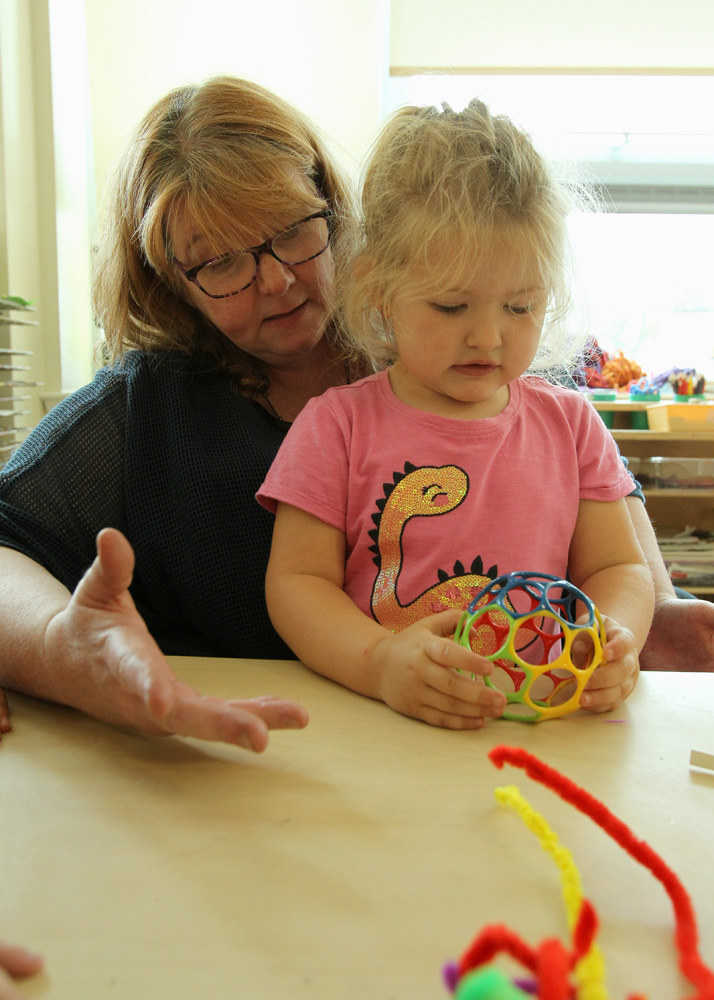
The science of the bounce:
What you’re actually engaging in here is a scientific experiment. The force of the ball hitting the hard ground puts an equal force back onto the ball, causing it to bounce up. This happens because balls are made out of an elastic material like rubber, which means they can be dented or stretched and then return to their normal shape (think of what happens when you squeeze a balloon).
If you drop a ball gravity forces it downward. The speed of the ball increases because of the effects of gravity. The ball falls through the air, converting stored energy to the energy of motion, and impacts the floor, bouncing higher.

Hiding
Let your child select one or two balls and hide them in the room for you to find. After this you can also select one or two to hide for them to find. Repeat this but when you both find a ball suggest that your child says how you should pass it to you, i.e. throw, roll or bounce.
Targets
Place a few pictures, bowls or magazines on the floor as a ‘target’. As a ball is chosen, it could be dropped or thrown onto one of the ‘targets’. Placing the ‘targets’ further away from the bag of balls will challenge the child more.
You could also place a few ‘tunnels’ around (like cardboard boxes, toilet roll tubes etc.) to act as a more difficult target. This time you can roll the balls into or under or through the targets! Take the balls out and make a pile on the floor, place an empty bag or box at the other side of the room to aim for and make it more difficult.
